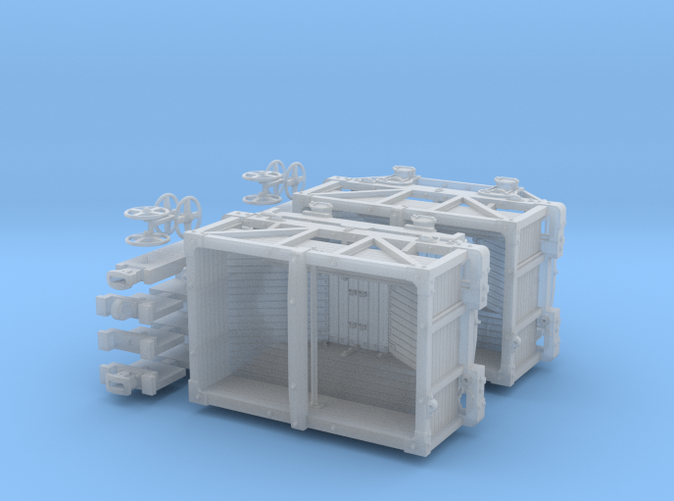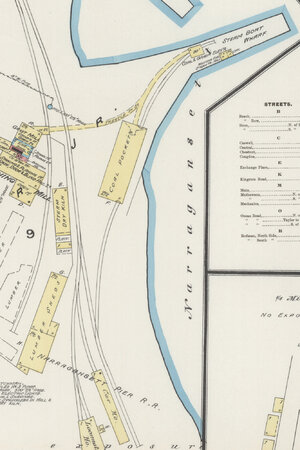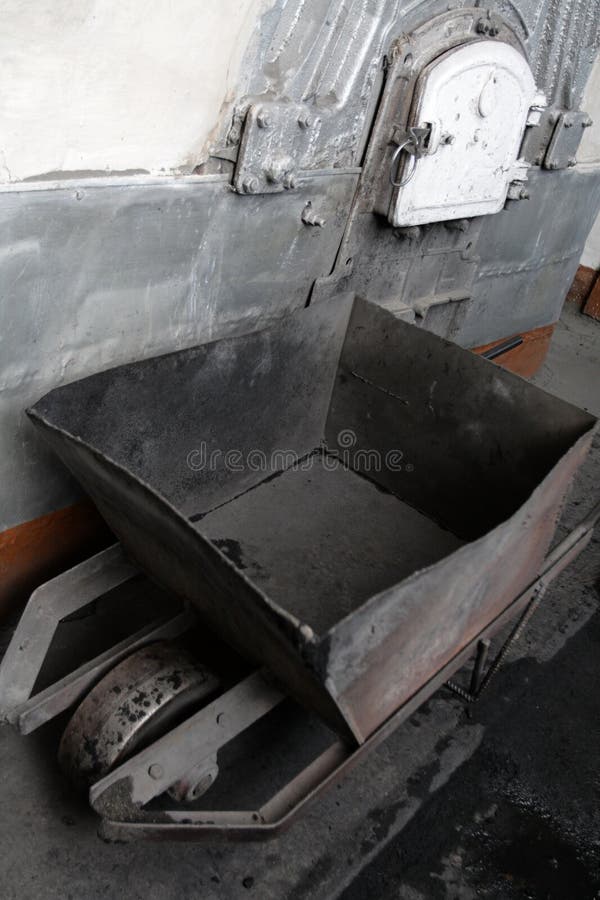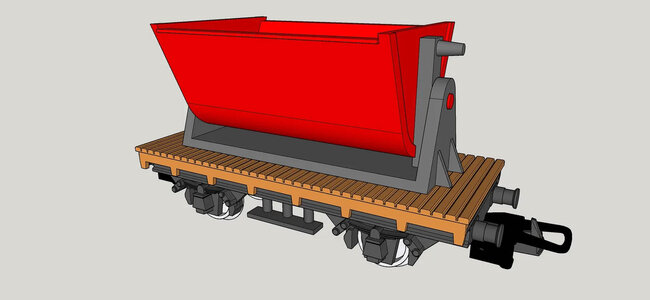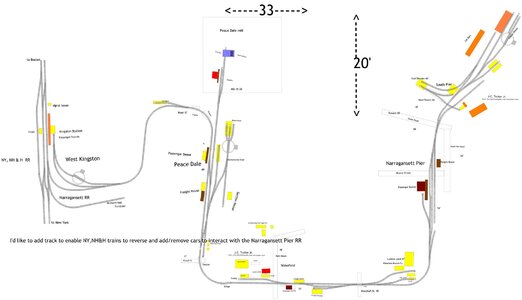I'm just starting a project to model the Narragansett Pier railroad which commenced operation in 1876. I've found the railroad layout and lots of other information from the Sanborn Fire Insurance maps and by reading a lot on the internet. They purchased a passenger car and a combination passenger/baggage car from the Osgood Bradley Company of Worcester, MA. From the photos I have found the passenger cars are the typical cars of the era. The passenger car cost $3700. The railroad also ordered 6 "coal dump cars" for $280 each from the same company. I can't find photos of these or any other information about what type of coal cars these were. Small ore cars, gondolas or what?
Also, several of the Sanborn maps indicate a raised trestle from a 60' high coal elevator to coal pockets and to a grist mill at the Narragansett pier end of the line. Transporting coal from the pier to their woolen/cotton mill at Peace Dale, RI was one of the main reasons for building the railroad. What is missing on the maps over several years of updates is any indication of how an engine would get onto the trestle or, again, what type of cars were used up there. The trestle entered the grist mill on the 3rd floor so it was at least 20+ feet in the air.
What kind of coal dump car could be purchased for $280 back then and were ore dump cars moved about 200' fully loaded and dumped by hand?
Thanks, Ray
Also, several of the Sanborn maps indicate a raised trestle from a 60' high coal elevator to coal pockets and to a grist mill at the Narragansett pier end of the line. Transporting coal from the pier to their woolen/cotton mill at Peace Dale, RI was one of the main reasons for building the railroad. What is missing on the maps over several years of updates is any indication of how an engine would get onto the trestle or, again, what type of cars were used up there. The trestle entered the grist mill on the 3rd floor so it was at least 20+ feet in the air.
What kind of coal dump car could be purchased for $280 back then and were ore dump cars moved about 200' fully loaded and dumped by hand?
Thanks, Ray

